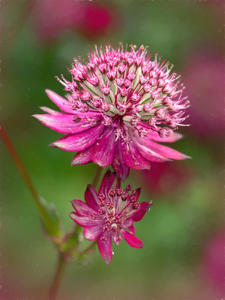
This is a response to Ramesam’s post ‘samAdhi Again – 1’. I have posted separately because 1) it is rather long for a comment; 2) I wanted to italicize the key phrases of quotations and 3) the authenticity of vivekachUDAmaNi merits a separate topic.
Dear Ramesam,
Congratulations on a thorough and erudite analysis – most impressive! Your Sanskrit knowledge and scriptural learning is much greater than my own, so I am reluctant to enter into any attempt to ‘argue’ in any way with what you have written. Certainly, I am aware that the word samAdhi is used with different meanings in different texts.
However, just in relation to the vivekachUDAmaNi, I have 13 versions of this and have looked at them all in reference to the section on samAdhi (verses 354 – 372 approximately – as you know, the precise numbering of verses varies between different translations) and any other references I could find. And I have not found anything to persuade me that the meaning of samAdhi does not tally with that used by Yoga philosophy, i.e. as the final stage of aShTA~Nga yoga, meaning ‘intense meditation, culminating in a state in which no duality is apprehended’.
John Grimes, in his translation, comments in verse 409 (kim api satata…): “SamAdhi or meditative enstasis is a state wherein one experiences the non-dual Bliss of the Self.” (Note that John is a Ramana adherent; he publishes an article in every issue of ‘Mountain Path’.) And he translates verse 474 (samAdhinA sAdhu vinishchalAtmanA…): “ Through one-pointed absorption in which the mind has been perfectly stilled…” Continue reading
